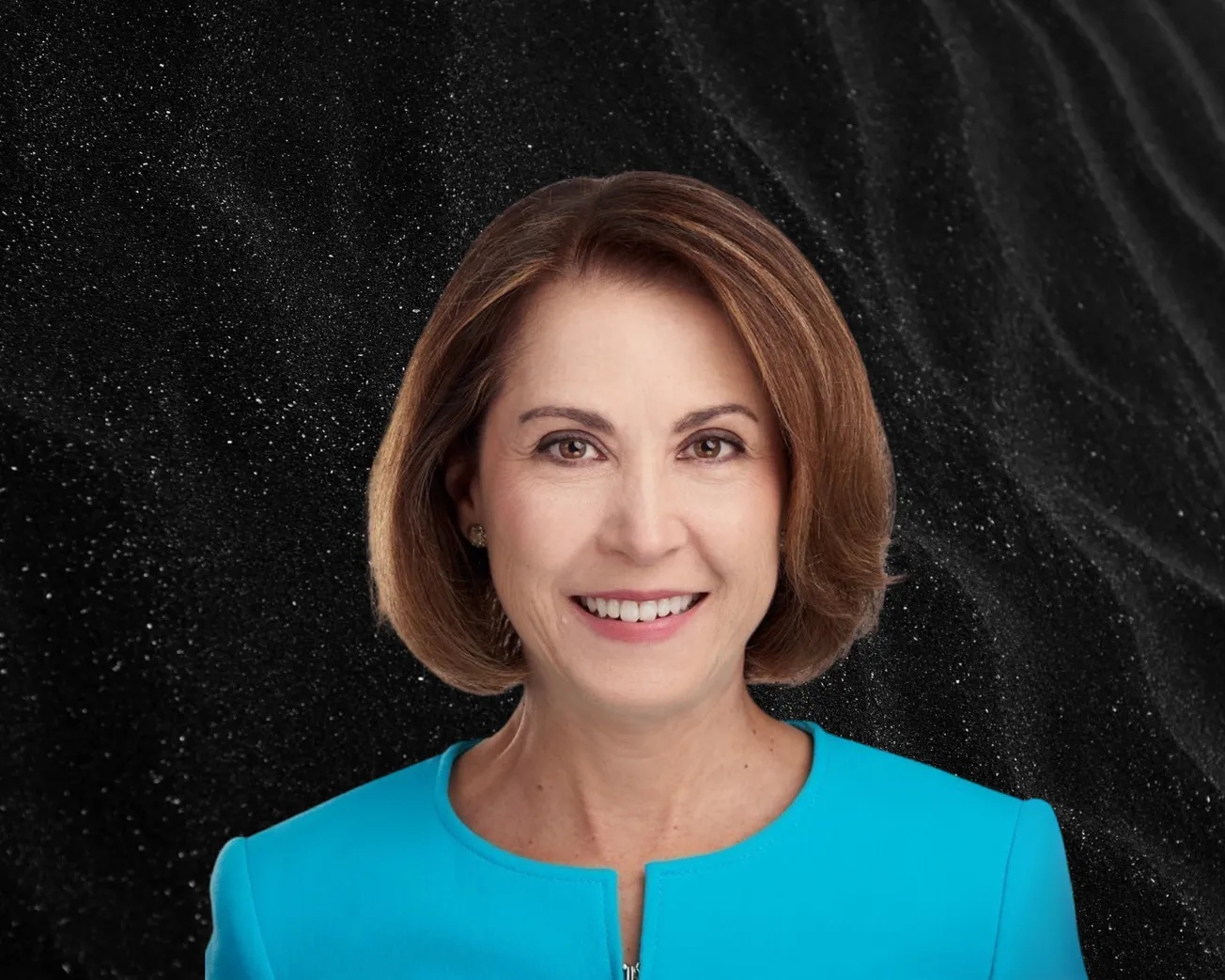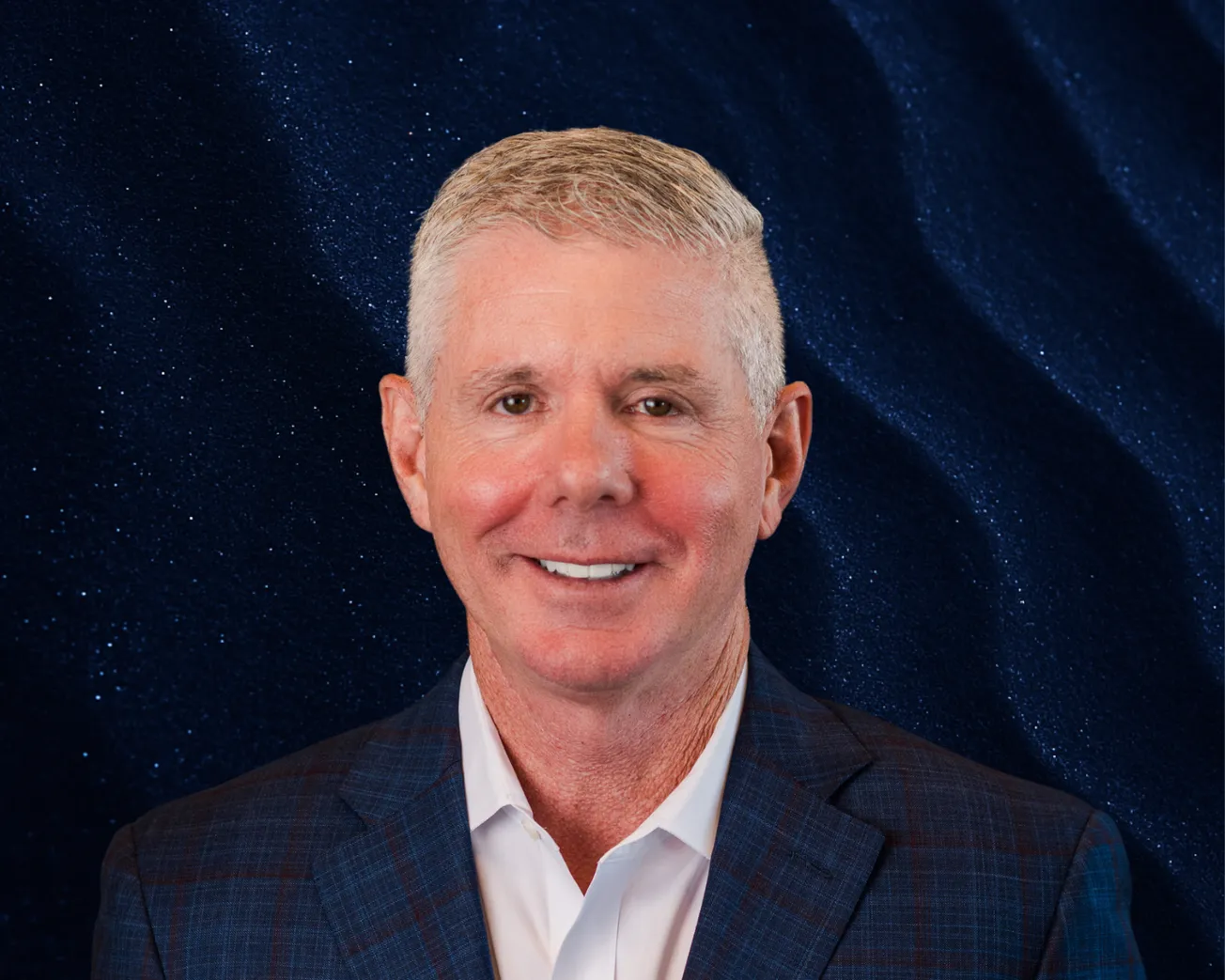Table of Contents
Neha Palmer, CEO of Terawatt Infrastructure, sat down with Onyx for a feature-length interview.
Could you start by giving our readers a quick background about who you are and your career journey prior to founding Terawatt?
I’ve been in the energy industry for almost 30 years now. I’ve always been involved in heavy infrastructure. I started off as an engineer in the oil and gas world, then, for a while, I was a commodities trader. I realized that I wanted to do more business stuff, so I went and got my MBA and became an investment banker. My clients were all energy companies.
I spent a little time as an investor focused on clean tech, and then, for about 10 years before I started Terawatt, I was at Google leading energy strategy. I was the first hire whose sole job was to think about energy for data centers! At that time, Google was starting to scale data centers globally and realized that expertise was going to be really important.
When I started, there were six sites in the US, and two in Europe. When I left, there were dozens of data centers across five continents. A big focus of my job was really about sustainability. We built the program that got Alphabet to become 100% renewable - the first big tech company to do it, which was super exciting! That kicked off a big movement: corporate buyers saying, "I want my operations matched 100% with renewable energy." That demand helped drive cost reductions, innovation, and scale in renewables.
For me, the nexus of the consumer and corporate impact, and what they could do with their dollars and their desires in the world of sustainability was really powerful. After almost 10 years, I started thinking, okay, is there anywhere else I could apply that same principle? Very quickly, my thinking turned to transport. Being a third of global emissions, it was definitely a place where you could see that innovation was starting to happen. EVs had been around for a while, but were really starting to grow. That was five years ago, and that’s when I started looking around.
How do you describe Terawatt’s core value proposition?
I started talking to some of the EV OEMs who were making a lot of vehicles for the fleet market. And what I realized was, they assumed they were just going to sell the vehicles, and that fleet owners would figure out how to charge them on their own!
From my time at Google, I knew that finding the right location with enough power, at a reasonable cost, quickly, is really difficult. Those are the key elements for charging a large fleet. And most fleet owners? They’re experts at buying fuel and running their fleets. They are not experts at developing energy infrastructure.
That’s where the opportunity was. I met my co-founders at Keyframe Capital, and, in early 2021, we started the company. This was right as corporations were making huge fleet announcements, explaining that they’d be buying 100,000s EVs over the next couple of years.
From day one, our focus has been fleets and their very specific challenge: charging lots of vehicles at one time - which requires a ton of power and the right site. That’s what we do.
Since then, it’s been off to the races. We’ve really grown into two verticals. One focused on autonomous vehicles and ride-share, the other on heavy-duty freight. And we’ll serve what’s in between, but those are the two big areas of demand.
We actually grew up alongside the autonomous vehicle industry. Our HQ is San Francisco - where AV development started and where a lot of testing happened. Three weeks after starting the company, I put on LinkedIn: "Hey, I’ve left Google. I’ve started this company." Five minutes later, someone at an AV company messaged me: "We need your help." Hallelujah! That was it. We’ve grown up together with them ever since.
Our use case has been a really good fit. We deliver full-stack infrastructure; real estate; power from utilities; chargers; batteries; solar; and high uptime operations. The fleet just says, "Hey, I need to charge this many vehicles here," and we put everything together.
It’s turnkey. To be honest, it’s the same stack as for a data center - land, power, infrastructure, and reliable ops. That’s why I was so excited to start the business!
Of those two segments, which is moving fastest? And which is the most exciting long term?
Autonomous vehicles are growing fast; although, I’m very cognizant that I sit in San Francisco, where I can literally take an AV to work. But it’s not just here. You see almost daily announcements from major players, like Uber and others, talking about AV rollouts across the globe.
There are good reasons why AV and EV are nicely married together, technologically. We see it from our customers’ strong demand for our full-stack product.
But the heavy-duty freight market is the most exciting. I’ve described it as a once-in-a-century transition! Two centuries ago, it was the railroads. A century later, the national highway system. Now, on top of those, we’re adding electrification, which will require trillions of dollars in investment.
We’ve also seen some exciting developments in autonomous long-haul trucking, here in the US. So, you can imagine the convergence of AV plus EV in freight. Sure, the sites are different. Ride-share is urban; trucking is industrial hubs and highway corridors. But both are huge.
To give a sense of scale, in 2022 we raised $1 billion to start deploying these assets. Each site is capital-intensive. They’re getting bigger over time. Both segments hold huge promise.
How long does it actually take to charge a truck?
It depends on the truck and the charger. Usually, fleets don’t arrive empty. From 20 to 80% charge, it’s an hour-and-a-half to two-and-a-half hours.
We’re already seeing trucks with dual ports - you can plug them in with two cables to cut that recharging time. Vehicle architecture is improving. Industry groups like the Charging Interface Initiative (CharIN) are working on megawatt-level charging standards. The holy grail is a full charge in under 30 minutes. That’s what everyone wants!
What partnerships have been most important as you’ve scaled?
Partnerships with AV companies have been critical. We’ve grown alongside them. From the outside, people may think that one of our sites might look like “just a pretty parking lot with some chargers.” In reality, it’s highly technical infrastructure. You have to manage how chargers interact with the grid, and with the vehicles, as well.
We even run our own interoperability testing facility, so any vehicle can come in and charge smoothly. That’s the level of coordination required.
On the freight side, we work with big customers; Pepsi, for example. We’ve also put together a consortium of companies who want to move freight from the Port of Long Beach and LA - the biggest port in the US - across the country. With their input, we’re building infrastructure along that corridor.
So, for us, partnerships with both sides - AV and freight - are incredibly exciting.
What about sustainability and circularity?
We’re still in early days, so most of our equipment is new. But, certainly, for batteries, there are many recycling pathways now, and lifetimes are getting longer.
Circularity has been less of a focus, so far, than making sure we’re buying electricity matched with renewable energy. And, of course, the impact of electrifying fleets that would otherwise run on diesel.
What excites me are the economics. With ride-share, where vehicles log a lot of miles and sit in traffic, the total cost of ownership is already lower for EVs than for internal combustion engine vehicles. So, what we’re providing isn’t just sustainable, it’s cost-effective.
For trucks, the economics aren’t quite there yet, as EV trucks are still pricier. But, like solar and batteries, costs will come down. The battery is the biggest component. We know the curve is bending downward. When sustainability and economics converge - that’s the sweet spot.
Your site map shows California, Arizona and New Mexico. What’s Terawatt Infrastructure’s expansion plan - domestically and internationally?
We’re already expanding nationally, with sites on the East Coast too.
Freight is still concentrated in the southwest for us, particularly the LA/Long Beach to Phoenix corridor. That’s the deepest freight lane in the US. On the light-duty side, we’re building all across the country.
Internationally? It’s definitely on the horizon. What’s exciting is that we’ve built significant expertise and IP around uptime and reliability. Fleets care deeply about uptime. That’s where our expertise will translate abroad.
What milestones are you hoping to hit in the next couple of years?
Right now, we have three live sites. We’ll have five by the end of 2025. By next year, I want that to double, if not triple.
It’s exciting, but it’s also slow. Finding real estate, working with utilities, getting permits - all that takes time. But we’ve got a pipeline.
What I’m most excited about is our LA basin network. We have three sites, and between the three of those, we have an amazing network that anyone moving freight in LA would be able to use with their EVs. One is right by the port; one at the intermodal hub, where rail meets highway; and one in what we call the Inland Empire in Southern California, which is the gateway to the warehouses that serve the ports and intermodals. Together, they unlock EV freight routes that currently don’t exist today.
People think trucks run the same routes every day. They don’t. Fleets need flexibility and fungibility. If you’re tied to one route because that’s where your charging is, you’re limited. We’re creating flexibility, which is a big unlock.
Looking back, what advice would you give yourself when you started?
Patience, as I’m naturally impatient. Sometimes the industry needs to catch up to you.
We’ve grown up alongside the AV industry. In the last six months, it’s really accelerated. But what’s striking is that the bottleneck for AV adoption isn’t always technology or regulation. It’s charging!
They can have great tech and clear regulatory paths. But if companies wanting to deploy AVs don’t have charging sites that can support hundreds of vehicles, they’re stuck in test mode. But that’s starting to change.
A little patience would’ve helped me to see where the true opportunity would sit.






